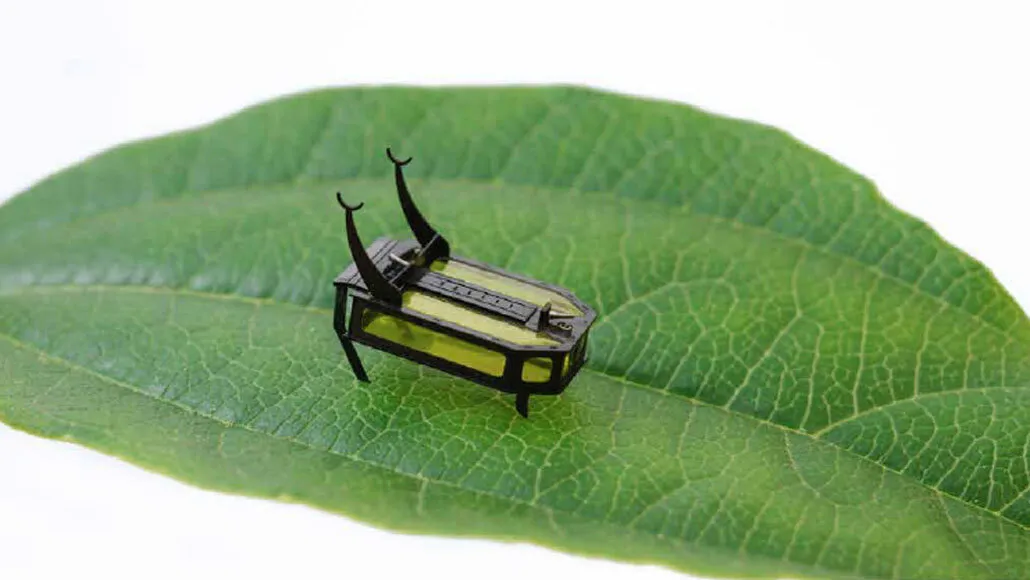Methanol fuel gives this tiny beetle bot the freedom to roam
Using methanol as fuel for a minimuscle, the robot can crawl, carry and climb for over an hour

Look ma, no wires! A robotic beetle, which weighs about as much as three grains of rice, crawls, carries and climbs without being tethered to a power source.
X. Yang, L. Chang, N.O. Pérez-Arancibia/Sci. Robotics 2020





